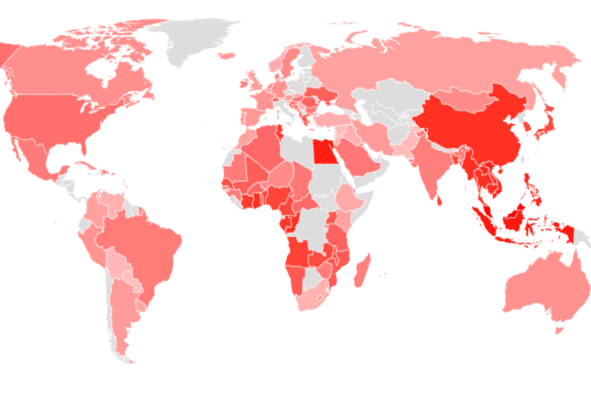More than 4,700 dangerous objects have been removed from the site of a battle that marked the start of World War II in Europe.
The objects, which include explosives and other materials of military origin, were found on the Westerplatte peninsula in the Bay of Gdańsk, Poland, located on the country's Baltic Sea coast.
In September 1939, German forces moved into the peninsula, initiating the Battle of Westerplatte. It is generally considered to be the first battle of the Nazi invasion of Poland.
Since 2016, the Museum of the Second World War in Gdańsk has been conducting a project to clear the Westerplatte area of dangerous materials. The project has involved specialists from the Polish Army, as well as those from private companies.
The last stage of this clearing work focused on an area of 2.5 hectares (6.1 acres), has recently been completed. During this stage, 49 dangerous items were discovered and sent for neutralization, and more than 180 additional historical artifacts were uncovered.
The museum announced in a press release that the latest work brings the total number of dangerous objects found as part of the project to more than 4,700 across an area of over 13 hectares (32.1 acres).
These dangerous objects include three aircraft bombs, roughly 200 artillery shells of varying calibers, mortar and hand grenades, as well as fuses and elements of small arms ammunition. One of the aircraft bombs, weighing more than 1,100 pounds, was located only around 12 inches below the ground.
The project has also uncovered roughly 3,800 historical artifacts relating to Westerplatte's history from the 18th century to postwar times.
These objects include cannonballs and musket shells (evidence of clashes from the 1733-1738 War of the Polish Succession and the Napoleonic period), coins, dishes, decorative stove tiles, and numerous items associated with the Polish Military Transit Depot (WST) on the peninsula.
The WST-related artifacts include elements of uniforms and weapons and parts of the railway infrastructure.
The Battle of Westerplatte began with a German assault on the WST, a garrisoned ammunition depot. The Polish garrison managed to hold out for seven days, longer than was expected by either side. While Nazi forces were ultimately victorious, the battle is still seen as a symbol of resistance in modern Poland.
With its overwhelming military superiority, the German Army managed to take control of Poland in a matter of weeks and subsequently went on to conquer much of Europe in the earlier stages of the war. In response to the invasion of Poland, the United Kingdom and France declared war on Nazi Germany.
Do you have a tip on a science story that Newsweek should be covering? Do you have a question about history? Let us know via science@newsweek.com.
Disclaimer: The copyright of this article belongs to the original author. Reposting this article is solely for the purpose of information dissemination and does not constitute any investment advice. If there is any infringement, please contact us immediately. We will make corrections or deletions as necessary. Thank you.



